Lift-to-drag Optimization Using Mesh Morpher (RBF) Considering Cavitation – ANSYS Fluent Tutorial
Lift-to-drag Optimization Using Mesh Morpher (RBF) Considering Cavitation – ANSYS Fluent Tutorial
- Upon ordering this product, you will be provided with a geometry file, a mesh file, and an in-depth Training Video that offers a step-by-step training on the simulation process.
- For any more inquiries regarding the product, please do not hesitate to reach out to us at info@CFDLAND.com or through our online support assistant.
€225 Original price was: €225.€190Current price is: €190.
Lift-to-drag optimization represents a critical challenge in hydrodynamic design where engineers must balance performance enhancement with the detrimental effects of cavitation phenomena. This simulation study employs mesh morphing techniques based on Radial Basis Functions (RBF) to systematically modify hydrofoil geometry without the computational overhead of complete remeshing. The innovative aspect of this work lies in simultaneously targeting aerodynamic efficiency while monitoring and controlling cavitation inception that typically occurs at high speeds or low ambient pressures. By leveraging ANSYS Fluent’s multiphase flow capabilities alongside its powerful shape optimization tools, we can observe how subtle geometry modifications influence both the pressure coefficient distribution and resulting vapor formation regions. The parametric design approach enables automatic exploration of numerous design variations to identify optimal configurations where lift forces are maximized and drag penalties minimized while keeping vapor volume fraction below damaging thresholds. This methodology offers significant advantages over traditional design processes by creating direct connections between geometric parameters and hydrodynamic performance metrics, ultimately leading to more efficient maritime propulsion systems, hydrofoils, and underwater vehicles that maintain excellent performance while avoiding the structural damage, noise, and efficiency losses associated with excessive cavitation.
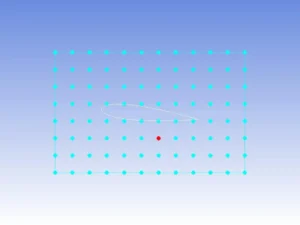
Figure 1: Hydrofoil performance shape optimization using RBF Mesh morph
Simulation process
The optimization study begins with a baseline hydrofoil design imported into ANSYS, where a high-quality structured grid is generated with careful consideration. The computational. Once the baseline mesh is established, the Radial Basis Function (RBF) Mesh Morpher is configured to parametrically control the hydrofoil geometry through strategically placed control points primarily focused on the leading edge curvature, maximum thickness position, and trailing edge profile. These morphing parameters directly influence the pressure distribution that drives both performance and cavitation characteristics. The simulation employs a mixture multiphase model coupled with the Schnerr-Sauer cavitation model to accurately predict regions of vapor formation when local pressure drops below vapor pressure. The optimization process executes multiple sequential simulations guided by the adjoint solver, which computes sensitivity derivatives to identify geometry modifications that simultaneously increase lift coefficient, reduce drag coefficient, and minimize cavitation volume.
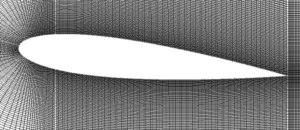
Figure 2: structured grid over hydrofoil for Lift-to-drag Optimization Using Mesh Morpher (RBF) – Adjoint solver
Post-processing
The RBF mesh morphing optimization has successfully transformed the baseline hydrofoil profile into a more efficient design, as evidenced by the significant performance improvements. The original hydrofoil (red profile) featured a relatively symmetrical thickness distribution, while the optimized design (black profile) exhibits increased camber with a modified thickness distribution, particularly in the aft section where the lower surface has been reshaped to maintain a more gradual curvature. These geometric modifications directly translate to a substantial 27.1% increase in lift coefficient (from 0.207632 to 0.264002) while simultaneously reducing drag by 2.6% (from 0.023467 to 0.022848). The combined effect is a remarkable 30.6% enhancement in lift-to-drag ratio, improving from 8.85 to 11.55. The design points table reveals the systematic progression of the optimization process, with incremental shape deformations gradually improving performance until reaching the optimal configuration at DP9, where x and y displacements of 0.1 units yield the best balance of performance metrics.
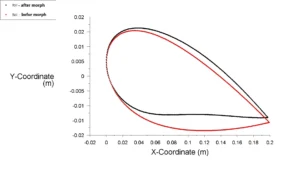
Figure 3: Baseline and modified hydrofoil after shape optimization
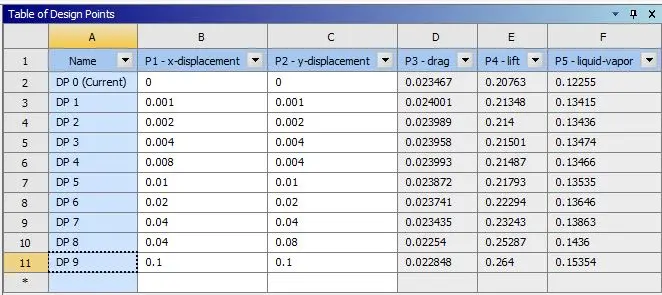
Figure 4: design points table
The vapor volume fraction contours illustrate how the optimization has carefully managed cavitation while enhancing hydrodynamic performance. The optimized hydrofoil maintains a controlled cavitation region near the leading edge upper surface, with peak vapor concentrations (yellow-red regions) limited to approximately 40-60% by volume. This represents a critical balance in the design – while some cavitation is unavoidable at these operating conditions, the mesh morphing algorithm has configured the surface geometry to prevent excessive vapor formation that would otherwise cause performance degradation and potential material damage. The liquid-vapor phase data from the design points table shows that the optimization maintained the vapor volume fraction at approximately 0.135, which is comparable to the baseline design (0.1255) despite the significant increase in lift production. This demonstrates the algorithm’s effectiveness in constraining cavitation while pursuing performance enhancement. The pressure distribution has been optimized to maximize lift generation from the upper surface while carefully managing the minimum pressure coefficient to prevent uncontrolled cavitation growth that would otherwise negate the aerodynamic improvements.
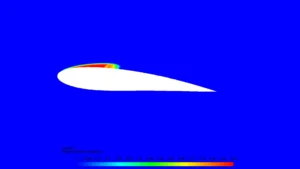
Figure 5: Vapor volume fraction due to cavitation
We pride ourselves on presenting unique products at CFDLAND. We stand out for our scientific rigor and validity. Our products are not based on guesswork or theoretical assumptions like many others. Instead, most of our products are validated using experimental or numerical data from valued scientific journals. Even if direct validation isn’t possible, we build our models and assumptions on the latest research, typically using reference articles to approximate reality.
Yes, we’ll be here . If you have trouble loading files, having technical problems, or have any questions about how to use our products, our technical support team is here to help.
You can load geometry and mesh files, as well as case and data files, using any version of ANSYS Fluent.
€145 Original price was: €145.€65Current price is: €65.

€155 Original price was: €155.€135Current price is: €135.

€220 Original price was: €220.€135Current price is: €135.

€175 Original price was: €175.€125Current price is: €125.

€245 Original price was: €245.€199Current price is: €199.


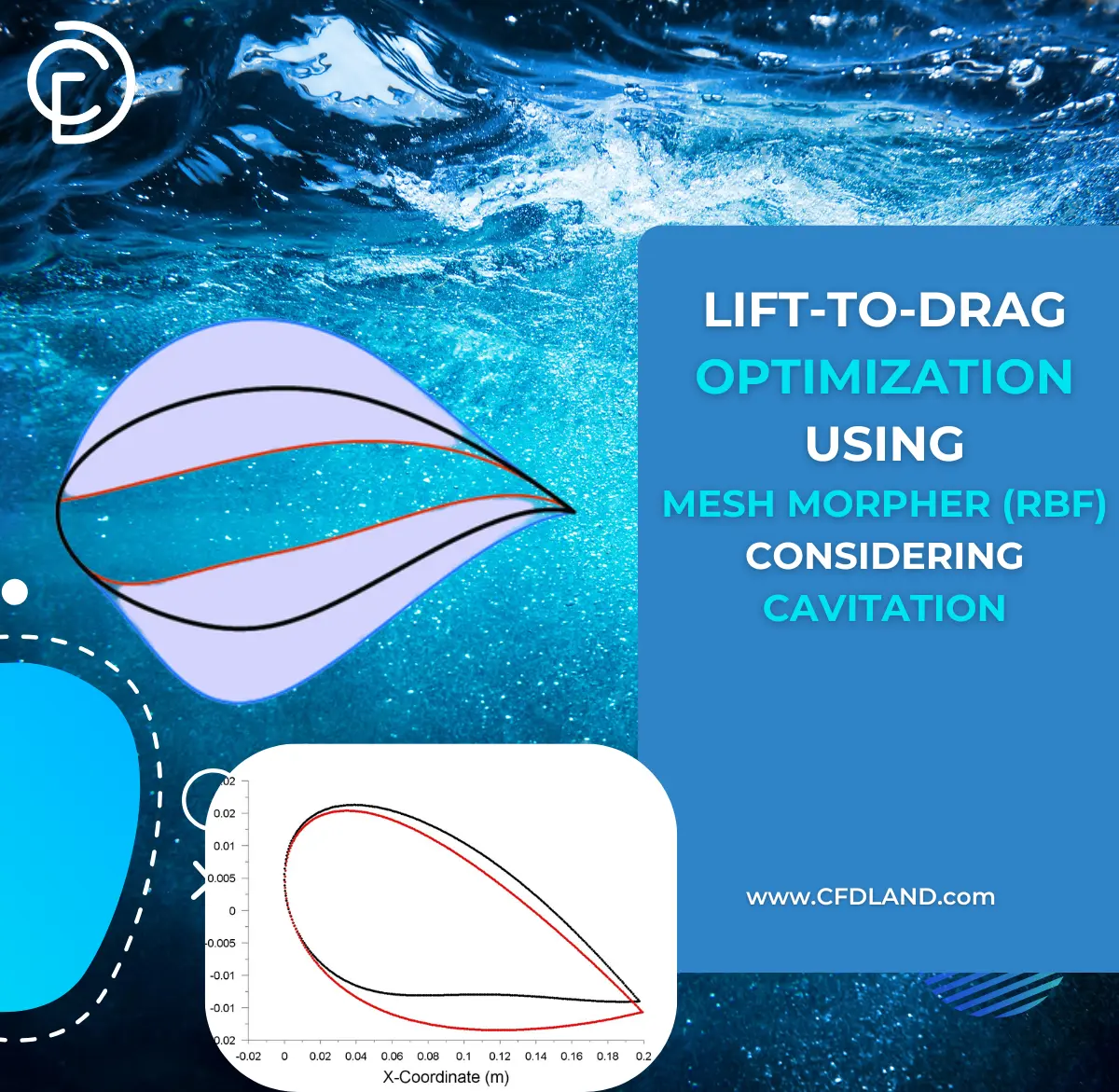

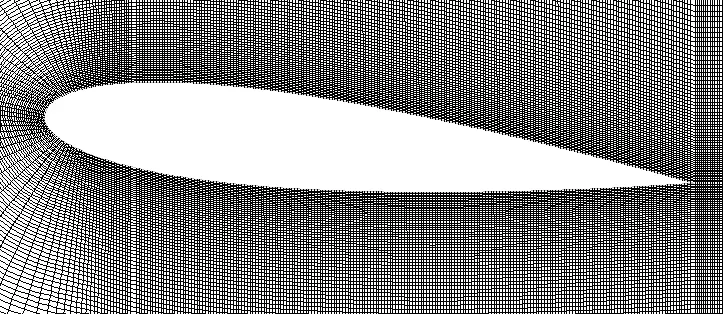

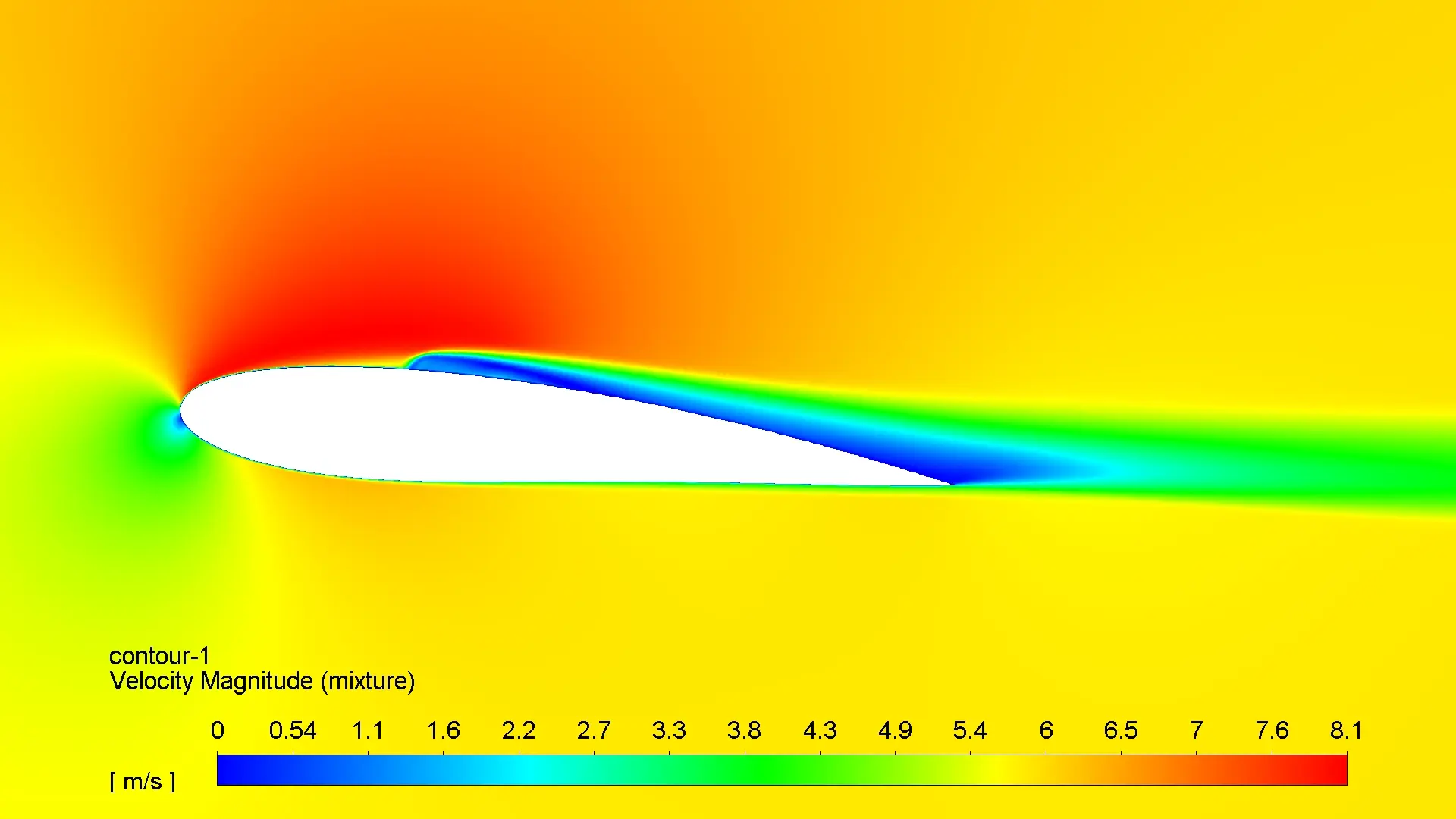
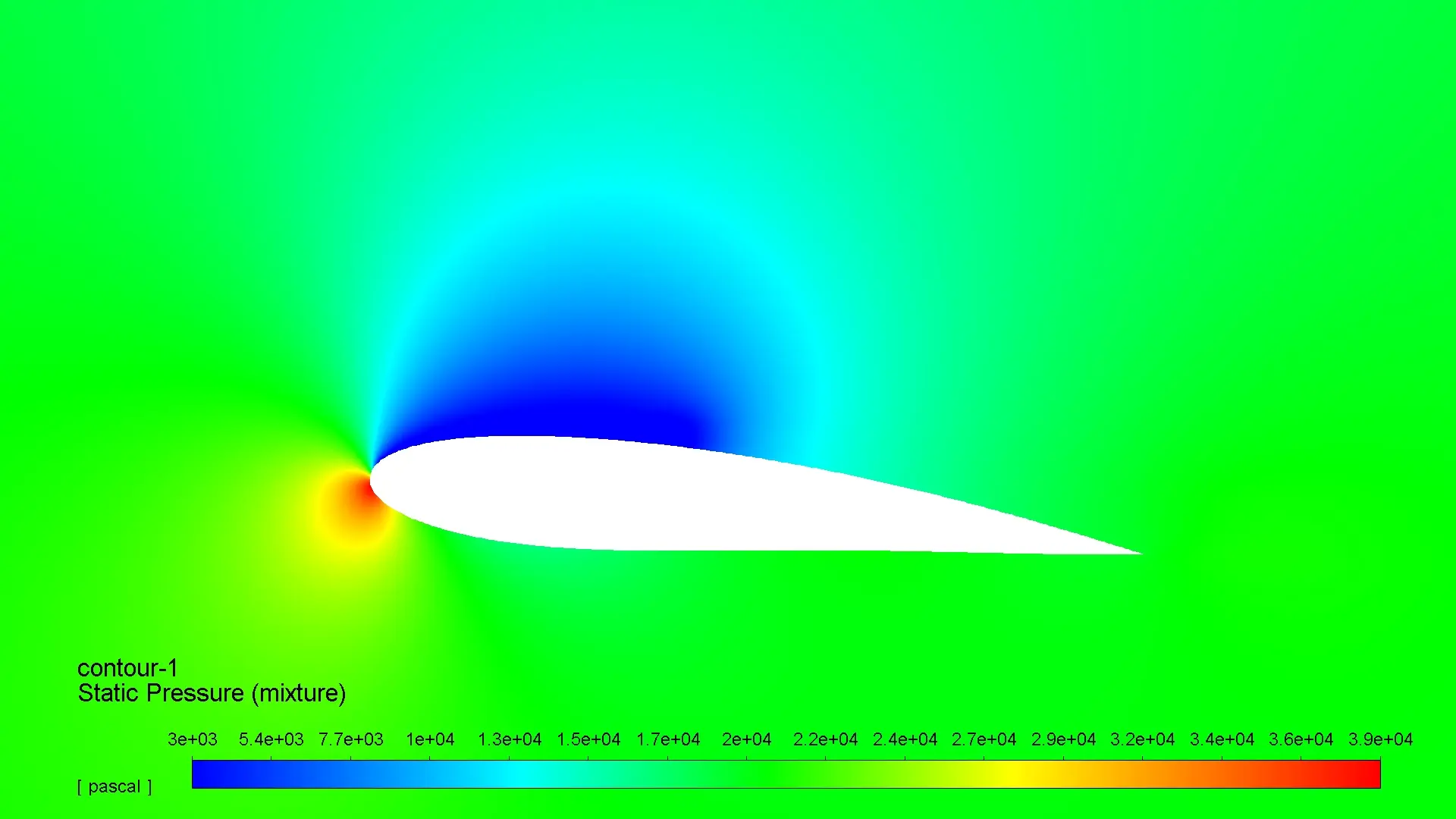
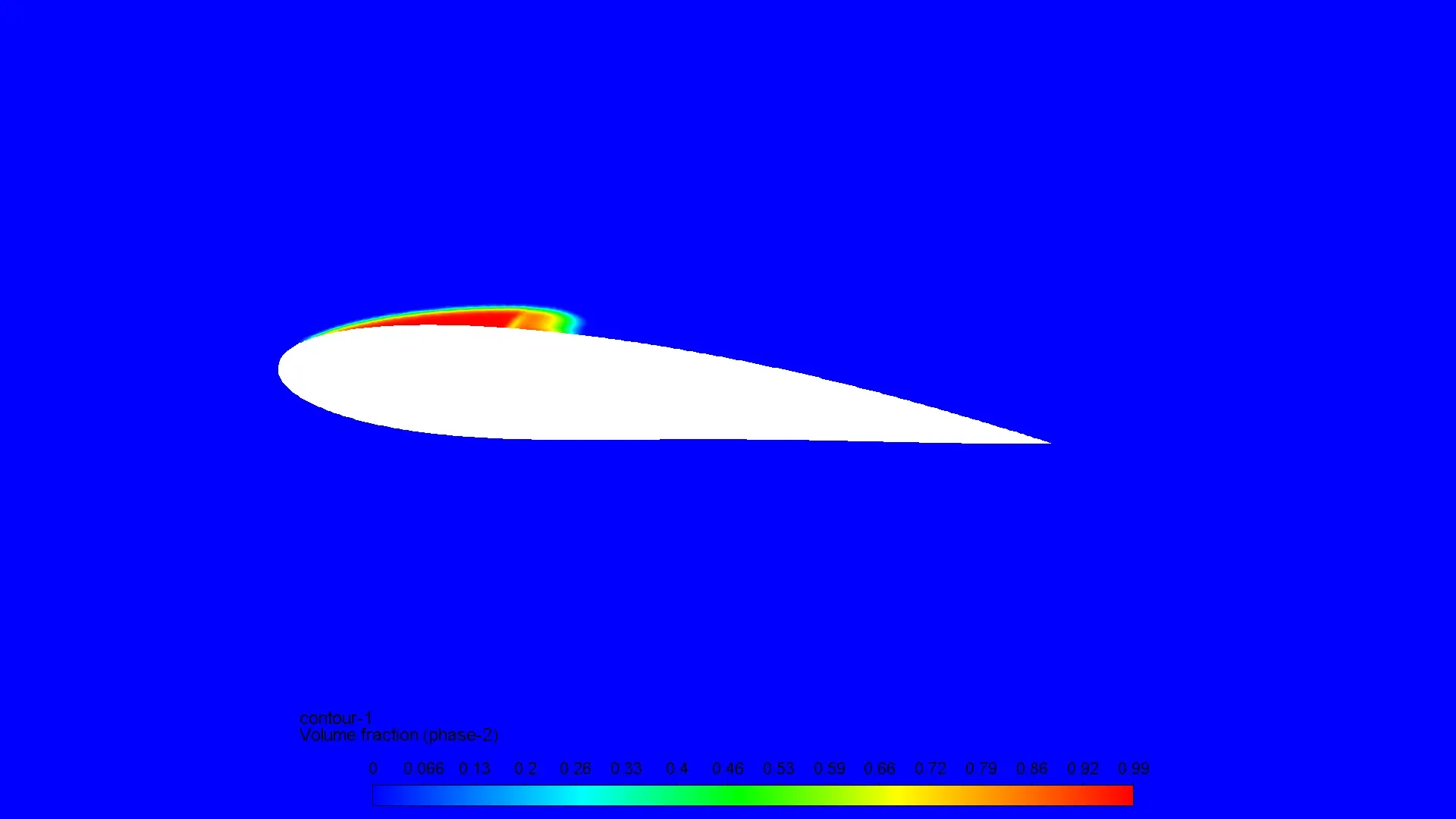





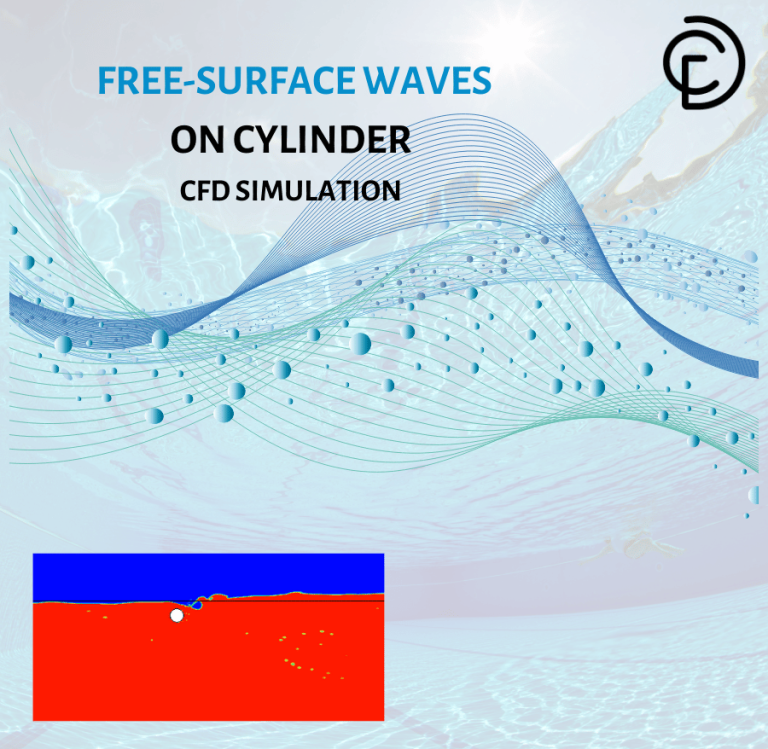
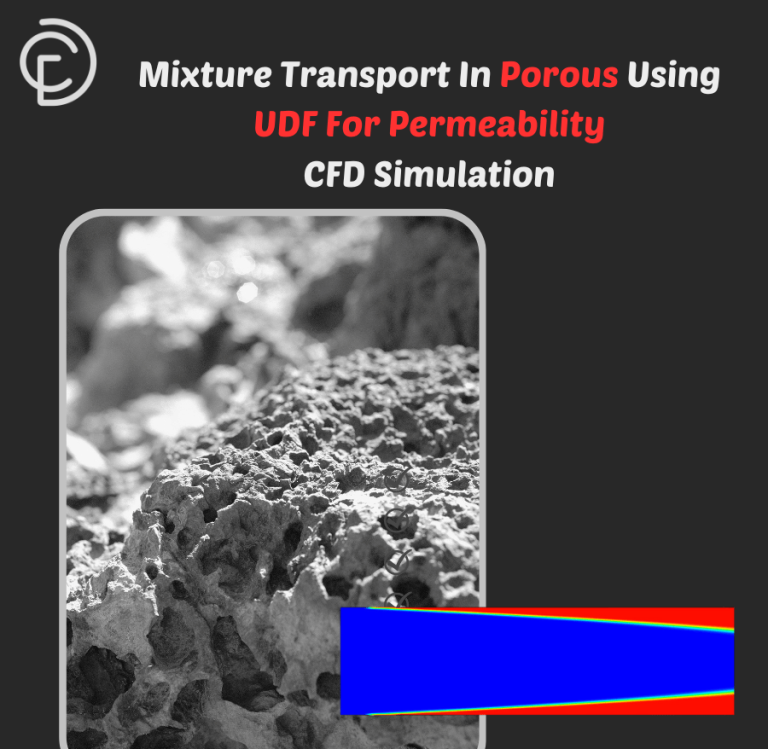
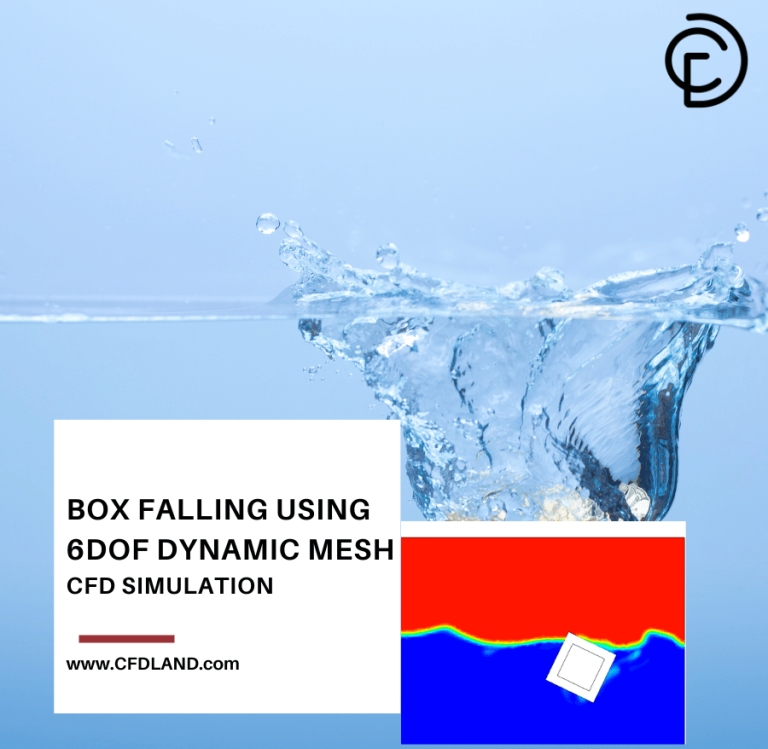
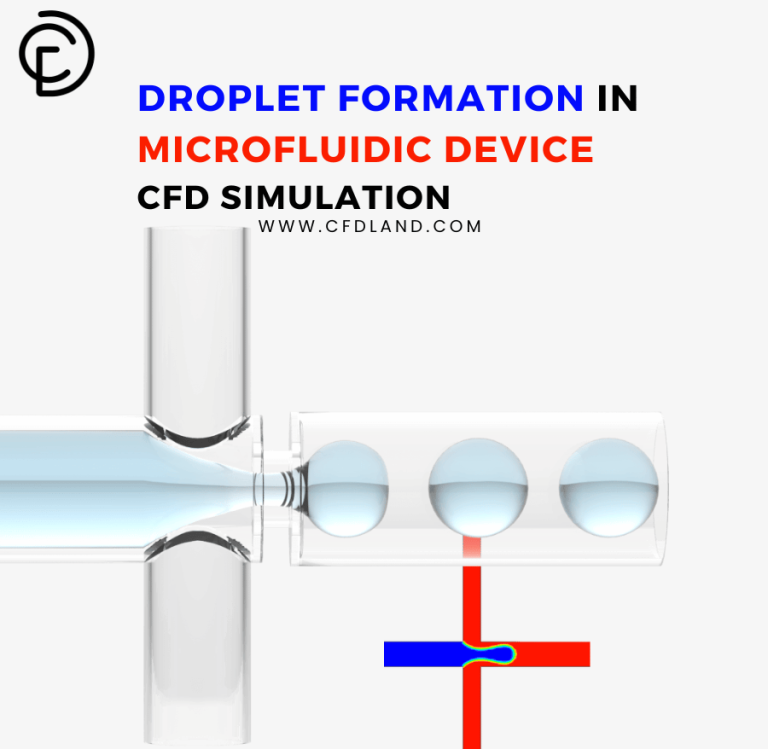
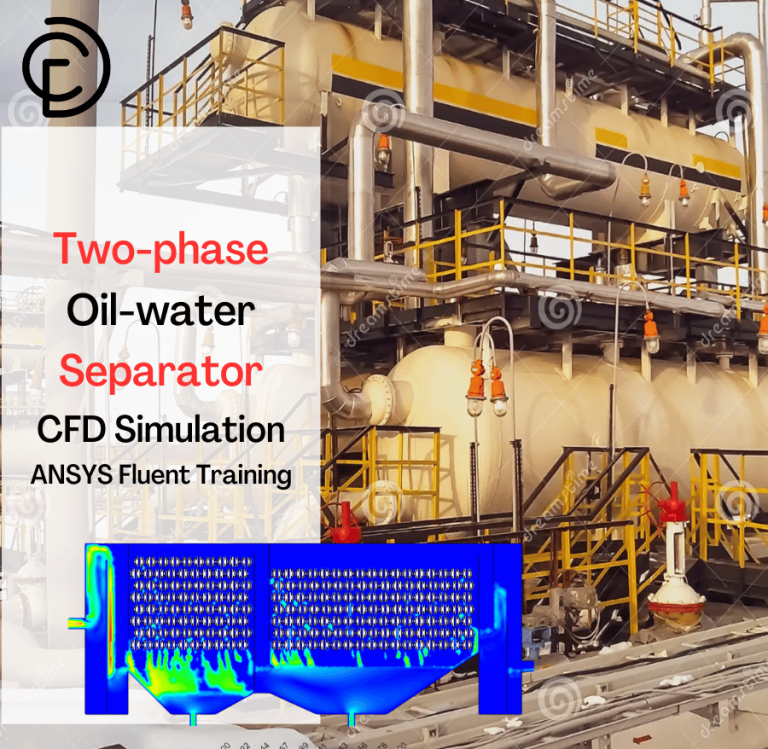
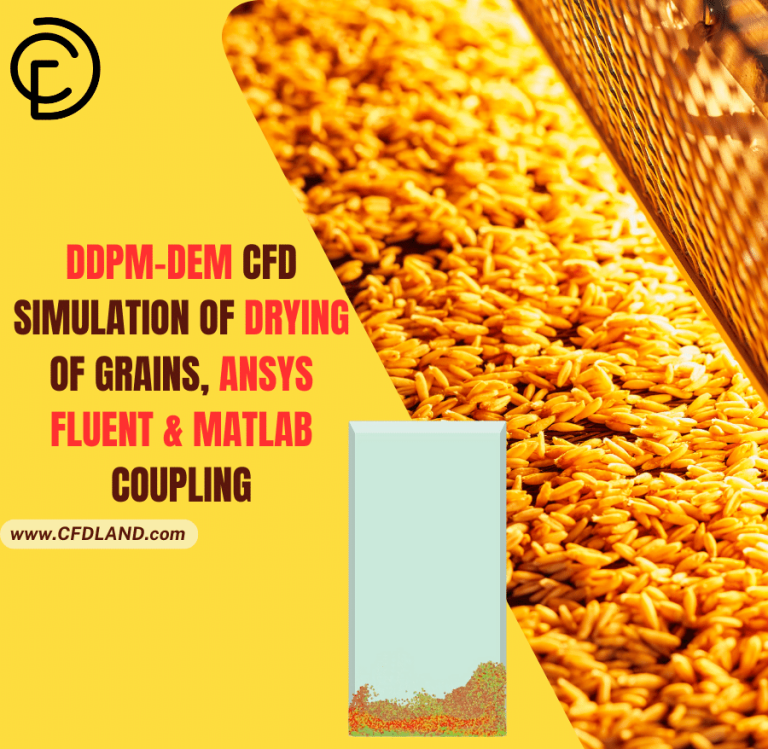
Reviews
There are no reviews yet.